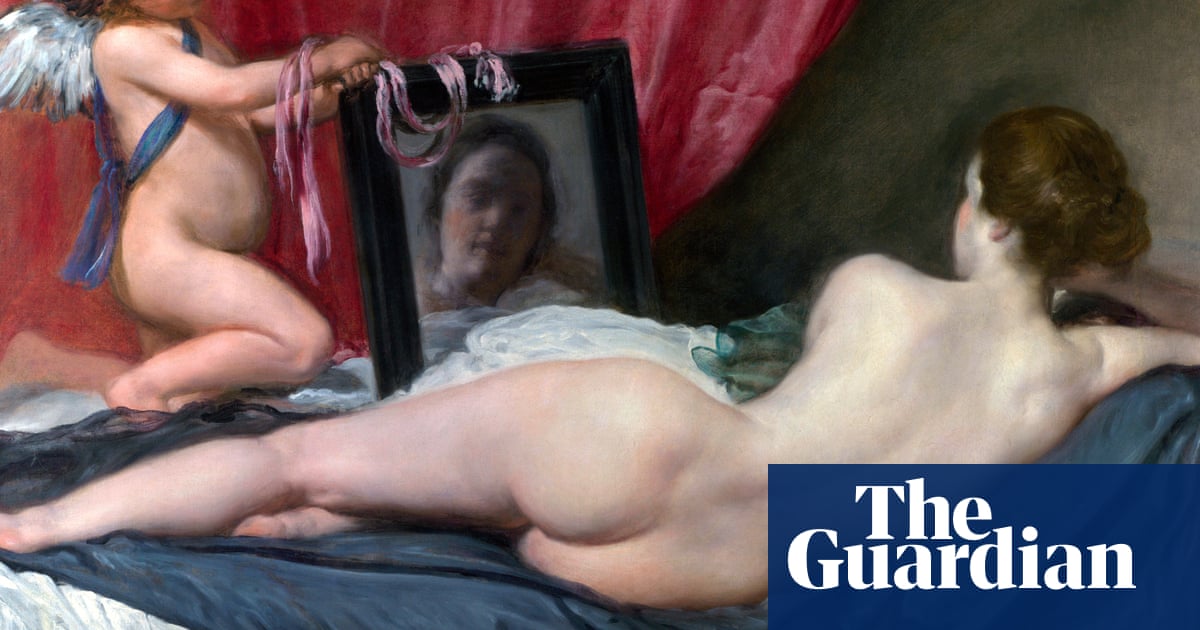We become ourselves by copying others, whether dutifully or audaciously, in acts of homage or appropriation. What is education if not a prolonged process of copying, and isn’t the same true, Nell Stevens asks in her latest novel, of falling in love? Suddenly besotted with another young woman, her protagonist Grace begins to wear her scarf at the side of the neck as her lover does, and to feel “clearer and more deliberate and more like myself” as she does so. “When we fall in love with a person, we fall in love with the copy of them, inexpertly done, that we carry around with us whenever they aren’t there.”
At its heart The Original has two strands of copying: both are preoccupations of the late-Victorian era the book is set in. There are the pictures made by Grace when she’s brought, penniless, to her uncle’s house aged 10 after her parents are sent to lunatic asylums (though her uncle and aunt may well be more dangerously mad than her loving parents). She copies her cousin Charles’s paintings so well that he declares her a magician – or possibly a machine – and then she makes her way to secret independence by creating clever forgeries and then successful copies of famous works of art, from Van Eyck’s Arnolfini Portrait to Velázquez’s Rokeby Venus. And there is cousin Charles himself, who is lost at sea only to return 13 years later, possibly as a brilliant fake, his jaw a little too heavy but his voice and manner so perfectly attuned to the original that his mother welcomes him delightedly back into the household. All this is playing out in a book that is at once a fake – a copy of the Victorian sensation novel – and distinctly idiosyncratic, the original the title proclaims.
Stevens is one of a generation of writers finding new ways to queer the Victorians, who were themselves already pretty queer by the late 1890s, when Grace begins to have sex with women. Stevens has written one memoirabout not writing a noveland anotherabout not writing a PhD thesisthat were both rooted in fiction of the Victorian era; plus a novel,Briefly, a Delicious Life, about a ghost who falls in love with George Sand when she’s in Mallorca with Chopin. Despite its fantastical elements, Briefly is a sleek, conceptual 21st-century novel; loosely plotted, it takes its bearings from the unfolding of Sand’s own life. The moments of drama are made up of pianos arriving or failing to arrive, and doctors misdiagnosing patients. Stevens’s new novel is quite different in its flamboyantly Victorian plot. There are acts of murder and theft and betrayal and a narrator who never quite knows if she’s on the verge of total ruin or immense wealth and success.
It’s a risk, plotting luridly like this. One danger is that her talents will count for less than they did in Briefly, if the plot is so wilfully contrived. And her talents do lie in the realm of realism. Stevens is so casually magisterial at the hardest aspects of historical novel writing. These are bodies moving utterly convincingly through a world of solid objects: wet clothes prickling on skin; the thick, rotten smell of the Thames settling in the back of the throat; the shock of a lover’s cold fingers.
But, of course, all fiction is contrived, and indeed Stevens is so preoccupied by how jarring this can be that she’s already written a book about failing to make things up. Now, having put realism aside, she’s able to explore what the contrivance of art can tell us about the contrivance of life – the authenticity that may be found through faking. Grace finds herself, happily, shaking off the Victorian era and emerging into the 20th century. Soon, Duchamp will scramble all ideas of originality in art by exhibiting ordinary objects as masterpieces, and Auden will praise man as “the only creature ever made who fakes”, urging poets to write lavishly and make “a rare old proper hullabaloo” in their verses.
Throughout, the more Victorian-plotted chapters are interspersed with aphoristic lists of statements about copying, where some combination of Stevens and Grace declares that “the value of the copy is in the copyist’s powers of empathy” and that in preserving, recycling and disseminating, the copyist engages in “an act of tremendous generosity”. Generosity and love are what have been lacking in the house where Grace and Charles grew up; they find them through copying, accepting fakery as part of homage. The kind of porousness required by love may require us to bleed into each other in ways that make any notion of originality questionable. In book after book, Stevens is showing herself to be that rare thing: a writer who we can think alongside, even while she’s making things up. All the confection here in the end helps us to appreciate the steely and witty mind that seems, four books in, to have learned to delight in that hullabaloo of fakery.
Lara Feigel is the author ofLook! We Have Come Through! Living With DH Lawrence.
Sign up toInside Saturday
The only way to get a look behind the scenes of the Saturday magazine. Sign up to get the inside story from our top writers as well as all the must-read articles and columns, delivered to your inbox every weekend.
after newsletter promotion
The Original by Nell Stevens is published by Scribner (£16.99). To support the Guardian, order your copy atguardianbookshop.com. Delivery charges may apply.
